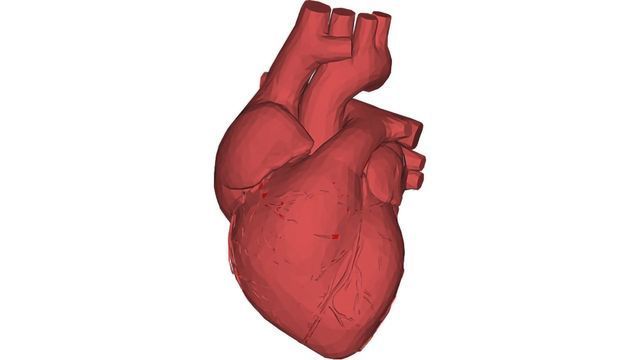Trending News
News

News
Human Protein Co-regulation Map Reveals New Insights Into Protein Functions
Scientists have now produced a co-regulation map of the human proteome, which was able to capture relationships between proteins that do not physically interact or co-localize. This will enable the prediction and assignment of functions to uncharacterised human proteins.

News
Structure of a Novel Enzyme Linked to Cell Growth and Cancer Is Cracked
RNA, or ribonucleic acid, is present in the cells of all living beings and required to synthesize proteins. A research team at the University of California, Riverside, has discovered the structure of a novel RNA-modifying enzyme, ZCCHC4, and identified the mechanism that controls how this enzyme recognizes its substrate.

News
Preemies Who Develop Chronic Lung Disease Had More Stem Cells at Birth
In the first large-scale clinical study to characterize stem cells from the umbilical cord blood and tissues of premature infants with bronchopulmonary dysplasia – a severe, chronic lung disease – researchers found that these babies had more stem cells at birth.

News
“Super-grafts” That Could Treat Diabetes
By successfully strengthening pancreatic islets before transplantation, researchers at UNIGE and HUG are hoping for a significant improvement in the success of cell transplants in patients with severe diabetes.

News
Scrambled Cytoplasm From Frog Eggs Organizes Into Cell-like Structures
A new study suggests that the cytoplasm of ruptured frog eggs can spontaneously reorganize itself into cell-like compartments.

News
New Technique Lays Foundation for Regenerative Cardiac Therapies
Researchers have developed a novel technique that can determine which heart cells can replicate and which cannot; this could be a step towards regenerative cardiac therapies.

News
A Game-changing Test for Alzheimer’s, Parkinson’s and Prion Disease Is on the Horizon
A team of scientists who have been working on prion detection for nearly 20 years have demonstrated that their unique, synthetic-molecule-based approach can isolate prion proteins in body fluids sampled from infected animals.

News
Scientist Wants To Add More Building Blocks to the Body’s Protein-making Kit
Andrew Buller, professor of chemistry at the University of Wisconsin–Madison, wants to add more building blocks to the body’s protein-making kit. In nature, there exist 20 of these building blocks, called amino acids, which make up the proteins that perform the work required to sustain life. Buller says scientists can create more, allowing them to expand the ways in which cells build proteins.

News
Researchers Suggest Identical Twin Kidney Transplants Warrant Gene Sequencing
Using U.S. transplant registry data, clinical researchers at the University of Pittsburgh School of Medicine found that kidney transplants between identical twins have high success rates, but also high rates of immunosuppressant use.

News
Regeneration Mechanism Discovered in Mice Could Provide Target for Drugs to Combat Chronic Liver Disease
A newly-discovered molecular mechanism that allows damaged adult liver cells to regenerate could pave the way for drugs to treat conditions such as cirrhosis or other chronic liver diseases where regeneration is impaired.
Advertisement




